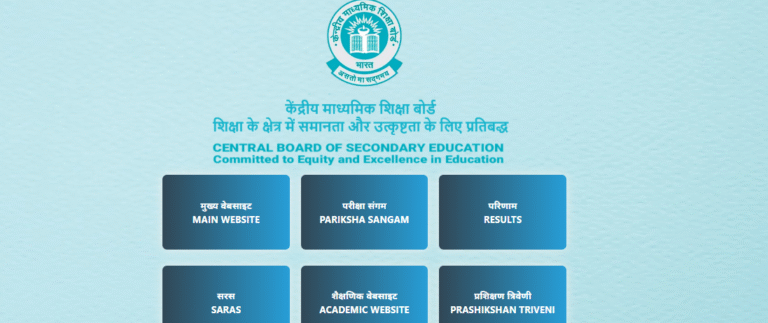
Table of Contents
CBSE TWO BOARD EXAMINATIONS IN CLASS X FROM 2026
CBSE TWO BOARD EXAMINATIONS IN CLASS X FROM 2026
The Central Board of Secondary Education (CBSE) has taken a landmark step in revolutionizing school-level assessments by announcing a major policy shift: starting from the academic year 2026, students of Class X will appear for two board examinations annually. This change, in line with the National Education Policy (NEP) 2020, aims to overhaul the traditional exam system that has long placed tremendous pressure on students. The decision has been met with a blend of curiosity and concern from educators, students, and parents alike, as it ushers in a new era of flexibility, academic resilience, and continuous learning.
The fundamental purpose of this dual-board exam model is to reduce the stress that comes with a single, high-stakes annual exam. Instead of being judged on the basis of one final performance, students will now have two opportunities to showcase their knowledge, skills, and understanding of concepts. The best score from either of the exams will be considered final, giving students a valuable second chance without waiting an entire year. This concept is similar to semester-based systems in higher education, promoting a culture of consistent preparation and reducing fear of failure.
This new model does not mean that all students must compulsorily appear in both exams. If a student is satisfied with their performance in the first board examination, they can choose not to appear in the second one. Conversely, those who wish to improve their grades or had underperformed in the first attempt can take the second exam. This flexibility is a game-changer, encouraging a healthier academic environment and offering students the freedom to choose how and when they want to demonstrate their learning.
The introduction of two board exams is not a standalone move. It is part of a broader reform structure aimed at implementing the NEP’s vision of holistic, learner-centric education. CBSE also plans to change the question paper pattern to encourage more competency-based questions, critical thinking, and real-world application of knowledge. The emphasis will shift from rote memorization to conceptual clarity and practical understanding. This is expected to lead to improved long-term retention and a more well-rounded educational experience for students.
However, this significant change also brings logistical and administrative challenges. Schools will need to adjust academic calendars, manage exam scheduling, and prepare students effectively for two different board exam sessions. Teachers will require updated training to ensure that both instructional methods and assessments are aligned with the new structure. Educational institutions must also consider the emotional and psychological impact on students, as more frequent examinations can bring their own kind of pressure despite the flexibility.

For parents, this change means more involvement in their child’s academic life throughout the year. From planning study schedules to understanding the nuances of the new system, parents will play an important role in helping children adapt to this transition. The dual-exam system could also potentially lead to increased demand for coaching classes and test preparation resources, especially for those students who aim to improve their performance in the second attempt.
On the policy front, this change marks a strong alignment with global education trends. Countries like Finland, the United States, and Singapore have long adopted flexible assessment models that prioritize student development over marks and rankings. CBSE’s new direction represents a much-needed shift in India’s examination culture and shows a commitment to progressive, student-friendly reforms.
While the long-term benefits are expected to be positive, implementation will be key. The CBSE has indicated that it will provide comprehensive guidelines and training modules for schools, teachers, and administrators. Clear communication with students and parents will be essential to ensure that the purpose and process of this new model are well understood. Feedback mechanisms, pilot implementations, and periodic review of the system will help in fine-tuning the dual-exam format before full-scale nationwide adoption.
Overall, the introduction of two board examinations in Class X from 2026 is a visionary step towards transforming school education in India. It embraces flexibility, offers second chances, and aligns assessments with modern learning outcomes. It reflects a growing understanding that one-size-fits-all models no longer work in education. With careful planning and thoughtful execution, this reform can pave the way for a more balanced, inclusive, and effective education system — one where learning takes precedence over mere performance, and students are empowered to grow without fear.
Please don’t forget to leave a review.
For more information and updates please follow the page and don’t forget to leave your comment.
